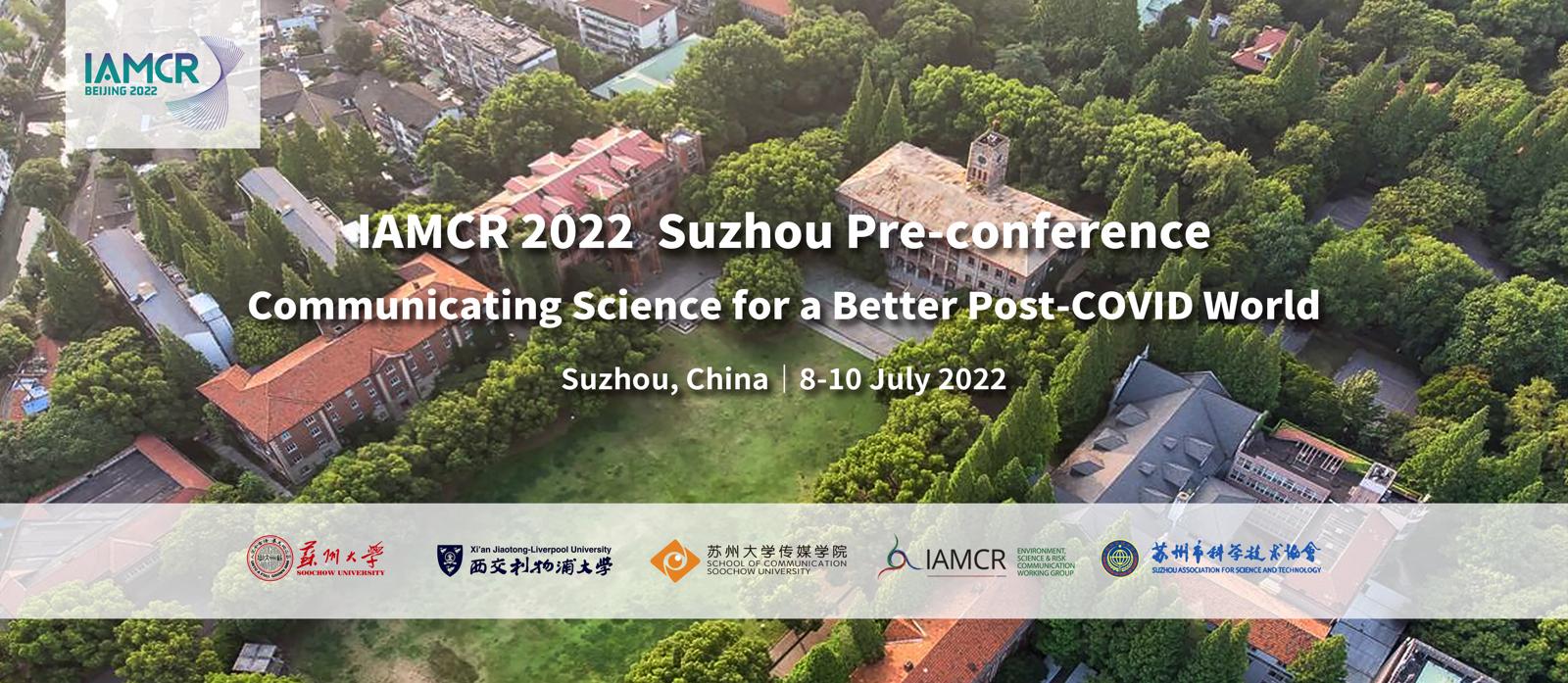Science journalists in traditional media are struggling to survive while the scientific literacy of the generalised communicators in new media is mixed and uneven. In order to understand the literacy of science journalists in both traditional and new media in mainland China, this study interviewed 20 science journalists with rich practical and management experience and surveyed science communication education in “985 Universities”. It was revealed that Chinese science journalists have undergone a shift from science to art with regard to their academic backgrounds since the 1980s. Currently, journalists in traditional media mainly major in Arts, while there are more journalists majoring in Science in new media. Such a discrepancy is mainly related to factors such as the journalists’ entry mechanisms, the nature of media and market competition. With regard to school training, science journalists in China mainly come from schools of journalism and communication in universities; their training does not attach sufficient importance to science journalism. Furthermore, science journalism education in China started late, using a theoretical and untargeted teaching model. The majority of interviewees do not consider a background in science to be necessary for science journalists, the lack of which could be compensated for by cooperating with scientists.

 京公网安备 11010802039275号
京公网安备 11010802039275号